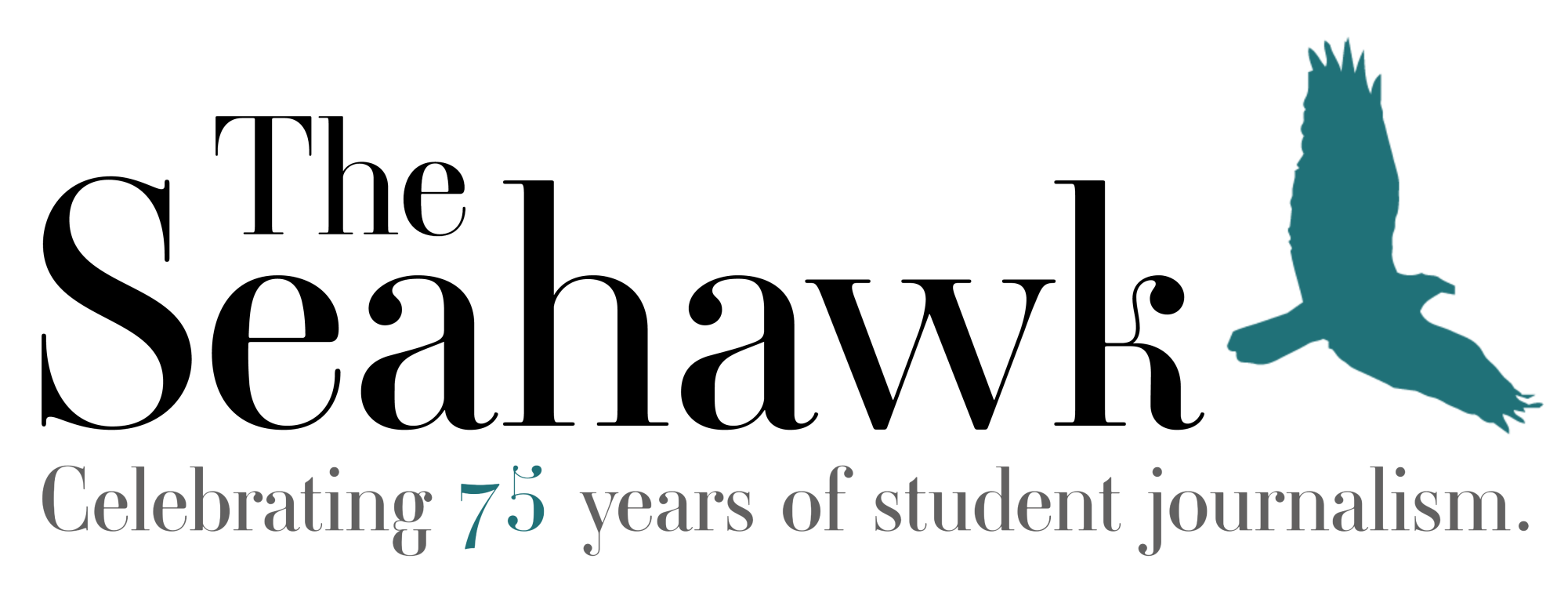Where to go for textbooks
The inevitable question of where to buy your textbooks, on-campus or off, has finally been investigated. There are small textbook price differences between the two stores, and they go either way. These price differences can be attributed to several things. Prices vary depending on what department the class is in, how many used versus new books are available, what vendor the store uses and how many students sold their books back the previous semester. There is also a difference between the two stores in where their money goes. The price of textbooks, regardless of what store is selling them, is determined by the publishers. “Publishers control the overall cost of textbooks, and they increase their prices each year, which inevitably gets passed on to the students,” said Andy Shaffer, manager of the on-campus bookstore. The bookstores then mark the books up a certain amount, called a margin. “Our contract with UNCW calls for a specified margin on new and used textbooks, as well as course packs,” Shaffer said. “This margin is well in line with the industry standards and averages across the country, and the UNCW bookstore is actually below the national average margin on course packs.” Shaffer added that the margin that the on-campus bookstore uses was decided upon by both the bookstore and the university prior to signing the contract. The margin for the on-campus bookstore is 25 percent, so a $50 book would cost the student $66.65. After working at three other university bookstores, Shaffer said that UNCW’s bookstore has the best prices.
The amount of used books available to students at the beginning of each semester is largely driven by two factors: the amount of books from the previous semester bought back from students during buyback, and the professors’ book orders. If a professor gets their order in on time and it’s the same book that was used the previous semester, then students can sell their books back to the bookstore and get some of their money back. Students buying their books for the upcoming semester will then find more used books on the shelves as well.
“I can honestly say that we have the largest volume of used books, just because the mass amount that we sell,” Shaffer said. He added that the on-campus bookstore has sold close to $1 million in used books this semester.Shaffer said.
The on-campus bookstore also offers the textbook reserve program so students can reserve their textbooks early, which gives them a better shot at getting used books if they are available than students who wait to buy their books. The off-campus bookstore, Seahawk Book & Supply, uses almost 10 different vendors to order their used books from, which gives them more options so that they may choose the vendor with the best price for the student. Kim Gruber, manager or Seahawk Book & Supply, believes there is also a difference in new book prices. “From pricing, and from kids coming in here, we’re usually cheaper … by what percent, I don’t know,” Gruber said. The on-campus bookstore uses just one vendor, called MBS, to purchase their new and used books. MBS is the largest wholesaler company, and usually has the best prices. “We use just the one because it’s much easier to use the one that pays more, more often,” Shaffer said. When textbook buyback comes around each semester, there is also a small difference in the amount of money given back to the students for their books.
If the textbook a student is trying to sell back will not be used the following semester, then the student is given the amount of money that the wholesalers are paying for that book.Although both bookstores receive a commission for the books that they sell back, there is no difference at either bookstore in the price the vendor is offering for the book and the amount of money the student receives for it.
If the books will be used the following semester, the on-campus bookstore gives the student 50 percent of what the textbook cost originally. This in turn, means that there will also be more used books for students to buy the next semester for less money.
Seahawk Book & Supply has three vendors who buy back textbooks – one of which is the same one used by the on-campus bookstore. This also increases the chances of finding a better textbook value for the students.
Gruber also believes that there is a difference in buyback prices at the two stores. “I’ve had students say that the other store will give them 50 cents, then our guide could be paying $3 for it.”
The on-campus bookstore, even if it has slight price differences here and there, does many things for the campus community that the off-campus store does not, Shaffer said.
The on-campus bookstore gives 10 percent of sales back to the university, it gives out $15,000 in scholarships to UNCW students each year, and it offers a “one-stop-shop” for students, meaning that the on-campus bookstore has a commitment to provide students with everything they could need, as opposed to “cherry-picking”.
“The other store gets to pick what is going to make more money for them – they don’t sell everything,” Shaffer said.

